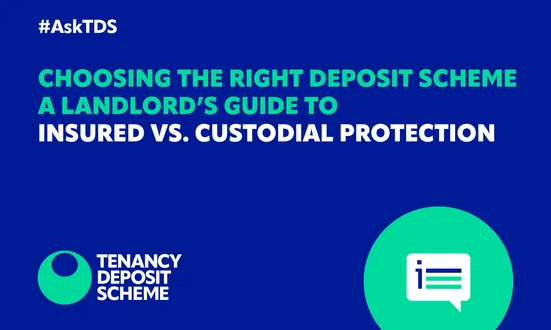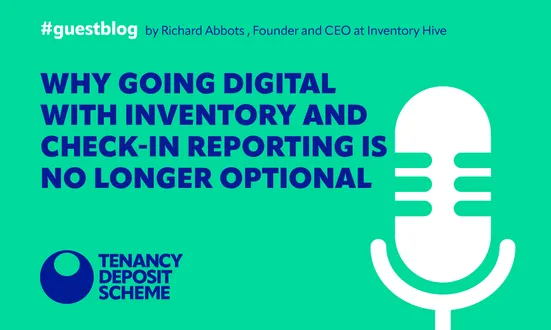Do you know the average lifespan of carpets in rented properties? Or what about when it’s time to replace the washing machine or other furnished items, like a mattress? In this ASKTDS, the Tenancy Deposit Scheme looks at the expected lifespans of products, and how to identify damaged items beyond fair wear and tear.
As a landlord or letting agent in the UK, it’s important to have a clear understanding of the lifespan of various items in your rented properties. This knowledge can help distinguish between normal wear and tear and damage that may exceed reasonable expectations, which will ultimately have an impact on deposit deductions at the end of tenancy.
What is meant by product lifespan?
A product lifespan refers to the expected duration for which an item is designed to remain functional under normal usage. In a rented home, this would refer to how long appliances, furniture, or flooring are estimated to remain in good condition before requiring repair or replacement.
Understanding product lifespans in rented homes
Understanding the lifespan of different products can help landlords plan for regular maintenance, repairs, and replacements. For example, if a landlord knows that a refrigerator typically lasts for 10-15 years, they can anticipate the need for a replacement, which can help landlords budget accordingly and ensure that the property’s amenities remain in good working condition for tenants.
What about fair wear and tear vs. damage?
Fair wear and tear should be factored into the product lifespan, which is defined as “the reasonable deterioration of a property and its contents over time due to normal everyday use”. Examples of deterioration which may be considered as fair wear and tear include things such as minor scuff on walls, worn carpet in high-traffic areas and faded paint.
Excessive damage, however, refers to harm that goes beyond normal wear and tear and therefore causes a reduction in the lifespan of the product. Examples include stains on carpets, broken appliances due to misuse, and large holes or dents in walls. If the product lifespan has been affected by excessive damage, it’s important to support this with evidence if you want to make a deposit deduction.
Example product lifespans
When considering the lifespans of various products in rented properties, it’s important to recognise that each case is unique and influenced by factors such as tenancy duration, number of occupants, and the quality of the product. On average, some example lifespans are as follows:
Flooring:
Typically, low-quality carpeting is expected to last between two to four years, while medium-quality carpeting may endure for five to eight years, and high-quality carpeting can have a lifespan of eight to fifteen years. Additionally, laminate and vinyl flooring are projected to have a lifespan of five to ten years, while hardwood flooring is recognised for its durability, with an expected lifespan ranging from fifteen to fifty years. These estimations provide landlords with valuable insights for maintenance planning and budgeting, allowing for the effective management of their rental properties.
Decor:
Similarly, when it comes to decorations, the lifespan of paint and wallpaper in a property is typically around 3-5 years. It’s important to note that these estimates are approximate and assume an average-sized property with average use. The actual lifespan of decoration will depend on factors such as the size of the rooms, the type and number of permitted occupants, and whether the property was furnished or unfurnished.
TDS Guide to Product Lifespans
TDS and the NRLA have produced a guide that explains what you need to know about Product Lifespans in rented properties. This guide delves into factors affecting product lifespans, and explains how adjudicators consider evidence like age, cost, and quality when making deposit deductions. Specific examples for carpets, decoration, and appliances are provided, along with an overview of common adjudication factors. The guide also gives you a transparent cost apportionment calculation based on item age and lifespan which you can use in your own cases. You can access the TDS Guide to Product Lifespans by clicking here.
About TDS
The Tenancy Deposit Scheme is part of The Dispute Service (TDS), the largest tenancy deposit protection (by value) and resolution service provider in the UK making life easier for tens of thousands of agents, landlords, developers, and millions of tenants and homebuyers.
Our award-winning customer service is highly rated on both Trustpilot and Google, and the NRLA backs us.
We offer free deposit protection in our Custodial scheme, and the lowest rates for landlords in our Insured scheme.

Other news stories


